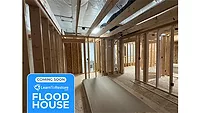Restoration Professional Preferences in Receiving Flood House Training
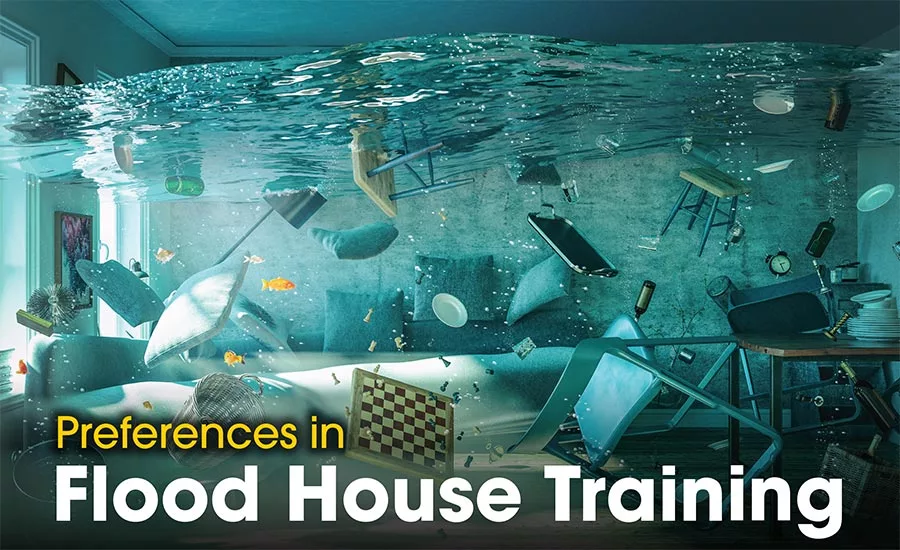
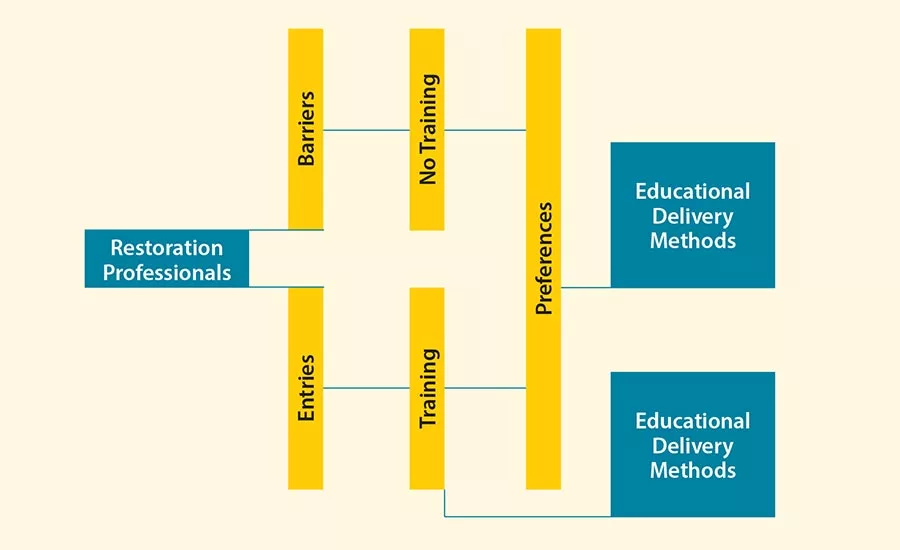
Figure 1: Model of Online Survey Questionnaire Framework and Output
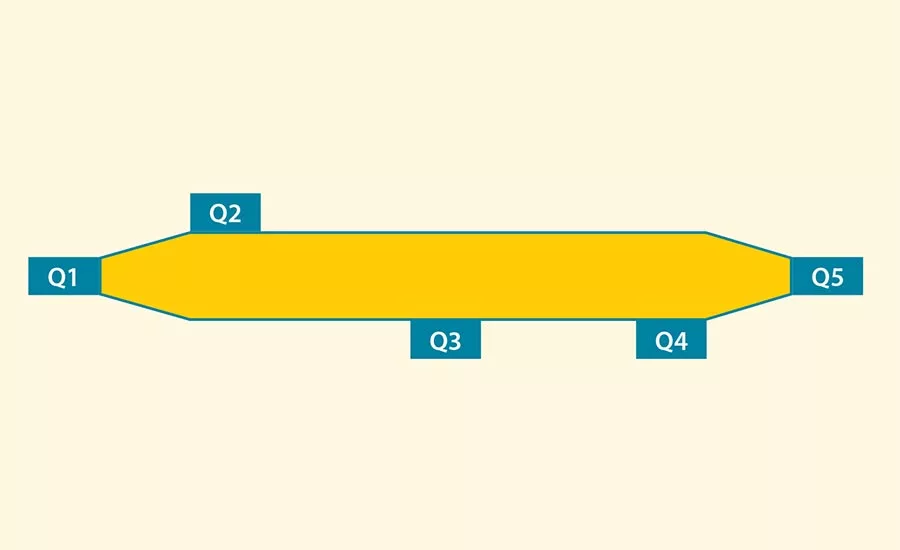
Figure 2: Online Survey Questionnaire Skip Logic
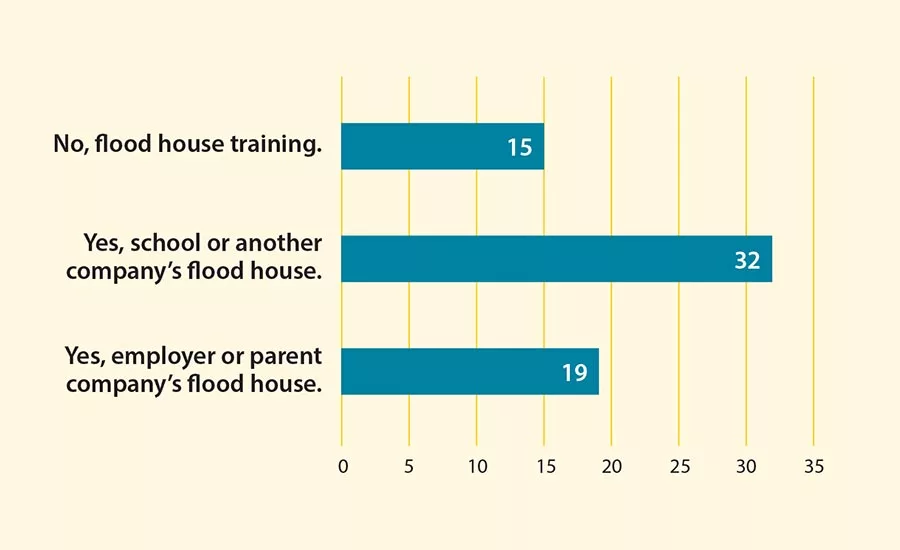
Figure 3: Flood House Training
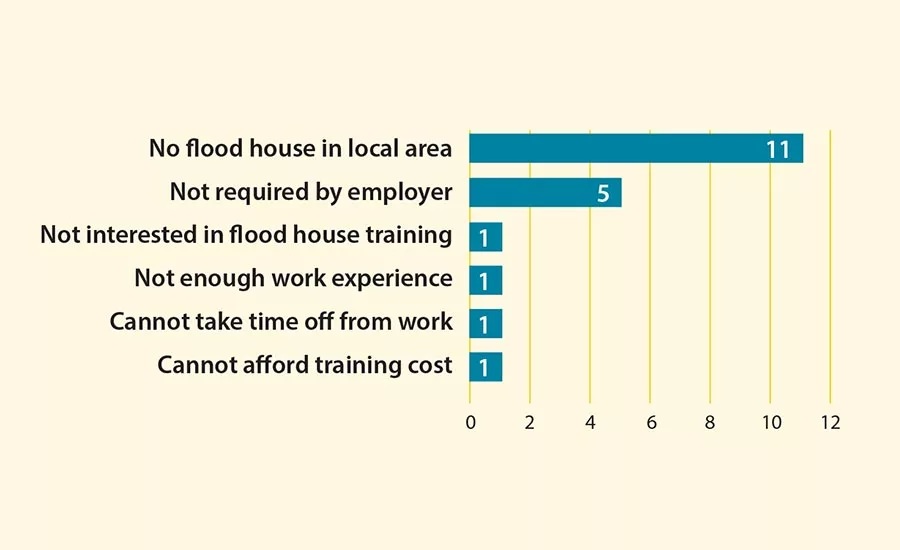
Figure 4: Barriers to Flood House Training
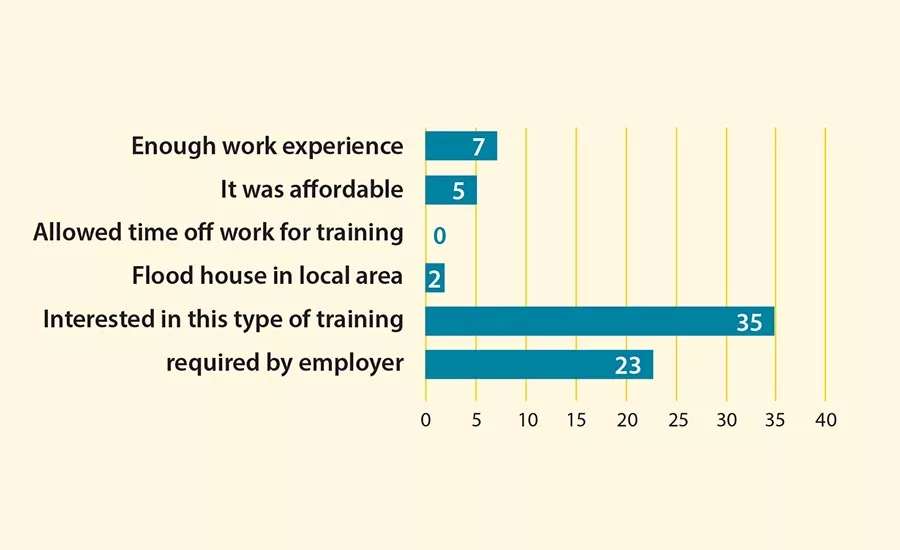
Figure 5: Entries to Flood House Training
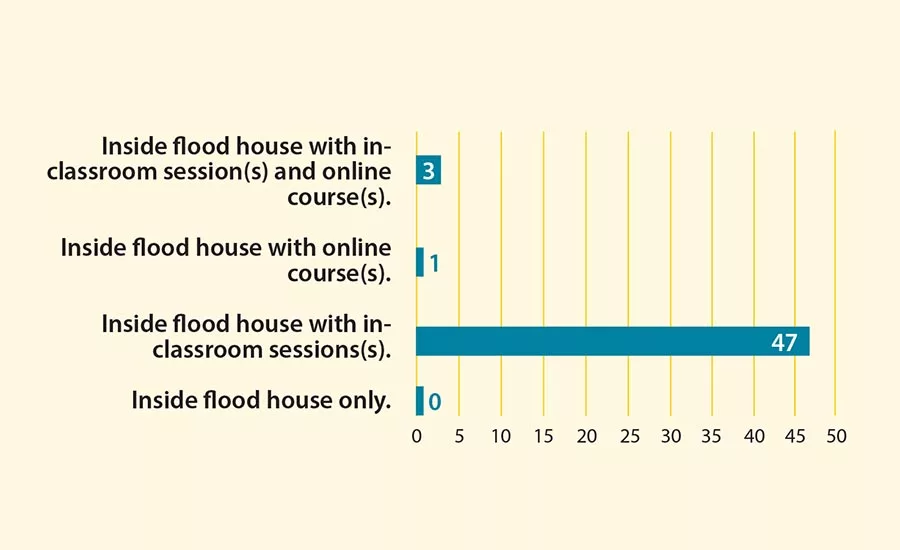
Figure 6: Flood House Training
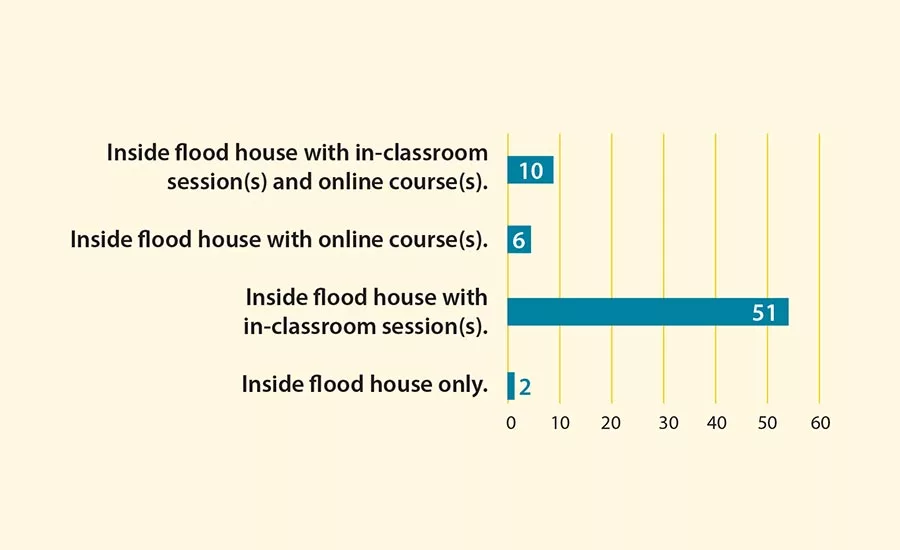
Figure 7: Preferences in Flood House Training
Flood houses are valuable educational resources for restoration professionals to better understand post-disaster conditions inside building structures and receive hands-on training. As defined in a previous issue of R&R, a flood house is “… a structure that’s built so that it can be purposefully flooded with water in order to train the water damage restoration professionals of tomorrow, as well as insurance professionals, building professionals and facility managers” [1]. With the continuing development of flood house training, there will be more knowledge for professionals to gain from this educational resource.
In my initial research for this article on flood houses for training, technology, and research, it became apparent that there is limited information on restoration professional preferences in receiving flood house training. It is important to know this information because preferences can affect how flood house training is taught now and in the future.
The purpose of this study was to find out restoration professional preferences in receiving flood house training. The barriers and entries to flood house training can provide insight into their preferences. This study’s findings can help with flood house training development and restoration professional participation, which ultimately helps flood house training instructors and the industry.
Behind the Research
The purpose of this study’s literature review was to find out about the history of flood houses and flood house training available in the United States. Flood houses are an educational [1-7] and research [8, 9] resource for restoration professionals and others. They help fill the gap between on-the-job training and in-classroom session(s) or online course(s).
This study’s research design consisted of:
- Developing an online survey questionnaire
- Developing a database of email addresses for data collection
- Analyzing data
This online survey questionnaire was created and distributed, using SurveyMonkey. The author had successfully used an online survey questionnaire in a prior study [10]. An email address database was created by finding restoration professionals’ email addresses in a directory. This sample population included restoration professionals in the United States. Lastly, charts were created, using the restoration professionals’ responses, to analyze the data.
Figures 1 and 2 show the skip logic of the online survey questionnaire based on the answer selection for question one (Q1): “Did you complete training inside a flood house? (Select one answer).” If the restoration professional answers Yes for either “school or another company’s flood house” or “employer or parent company’s flood house,” then he or she skips to Q3 followed by Q4, Q5, and Q6. If the restoration professional answers “No, flood house training,” then he or she moves on to Q2 followed by Q5 and Q6. Q6 is the final question: “Please select your work location. (Select one answer).”
Results
Restoration Professionals
(Survey Respondents)
The online survey questionnaire was distributed to 1,239 restoration professionals in the United States. Data was collected from each U.S. region: Northeast (11%), Southeast (19%), North Central (14%), South Central (14%), Northwest (20%), Southwest (20%), Hawaii or Alaska (2%). There were 80 survey respondents. However, 66 respondents answered question five, which is the research question.
Question 1: Did you complete training inside a flood house?
(Select one answer)
Flood house training can occur inside an employer or non-employer’s flood house. Seventy-seven percent of the restoration professionals completed training (See Figure 3). Figure 3 shows restoration professionals are attending training at a non-employer’s flood house at a higher rate than an employer’s flood house.
Question 2: What are the reasons you’re not participating in flood house training?
(Select all that apply)
Restoration professionals are not participating in flood house training due to barriers (See Figure 4). For example, 55 percent of the restoration professionals answered, “no flood house in local area.” The barriers to flood house training can be money, time, work experience, interest, employer, and local area resource.
Question 3: What are the reasons you participated in flood house training?
(Select all that apply)
Restoration professionals participated in flood house training due to a variety of reasons (See Figure 5). Forty-nine percent of the restoration professionals participated in flood house training because they are “interested in this type of training.” However, time is not an entry into flood house training.
Question 4: Where was your flood house training?
(Select one answer)
Instructors provide different educational delivery methods for this type of training (See Figure 6). Nearly everyone of the restoration professionals received “inside flood house with in-classroom session(s).” Employer and non-employer instructors use a combination of educational delivery methods for flood house training.
Question 5: How would you prefer to receive flood house training?
(Select all that apply)
There are four options for flood house training (See Figure 7). Restoration professionals prefer “inside flood house with in-classroom session(s).” Furthermore, they prefer a combination of educational delivery methods for this type of training.
Conclusion
The purpose of this study was to find out restoration professional preferences in receiving flood house training. Restoration professionals prefer flood house training inside a flood house with in-classroom session(s). Lastly, future research should conduct similar studies about flood house training, which collect data from facility managers, insurance and building professionals.
References
- Fish, E., Flood House: The Hands-On Training Tool. Restoration and Remediation, 2013.
- Blevins, M., Expanding the Use of Flood Houses for Restoration and Remediation Training. Restoration & Remediation, 2017.
- Bernazzani, D., Reets Drying Academy Opens Doors on New Training Facility. Restoration & Remediation, 2008.
- Bernazzani, D., Flood Houses: Why They’re Important. Restoration & Remediation, 2012.
- Blevins, M., Water Tech Training: The Value of Flood Houses. Restoration & Remediation, 2018.
- Mims, S., Why Hands-On Training is Important. Restoration & Remediation, 2015.
- James, A., Learning Beyond the Classroom: The Opportunity Within Flood Houses. Restoration & Remediation, 2016.
- Bernazzani, D., Drying a Flood House with Heat Technology. Restoration and Remediation, 2014.
- Bernazzani, D. and E. Jones, An Experiment Concerning the Effectiveness of a Structural Drying Approach. Restoration & Remediation, 2017.
- Passley, C.E., Determining Differences Between Archival Staff and Restorers Ranking of Training Topics for Disaster Restoration Projects. Collection Management, 2013. 38(4): p. 267-300.3
Looking for a reprint of this article?
From high-res PDFs to custom plaques, order your copy today!



